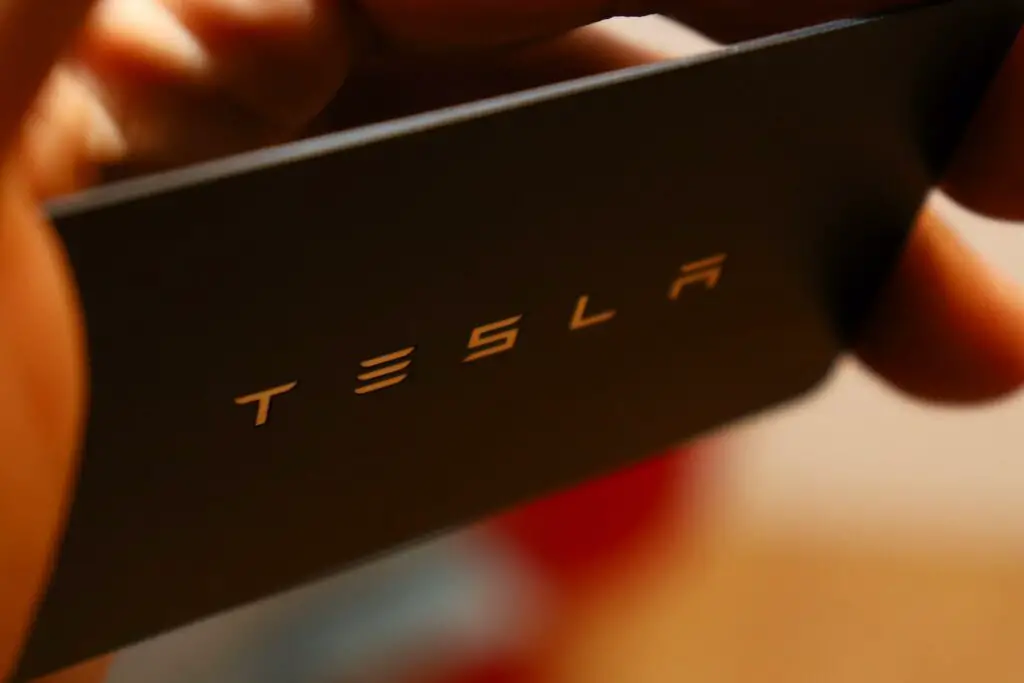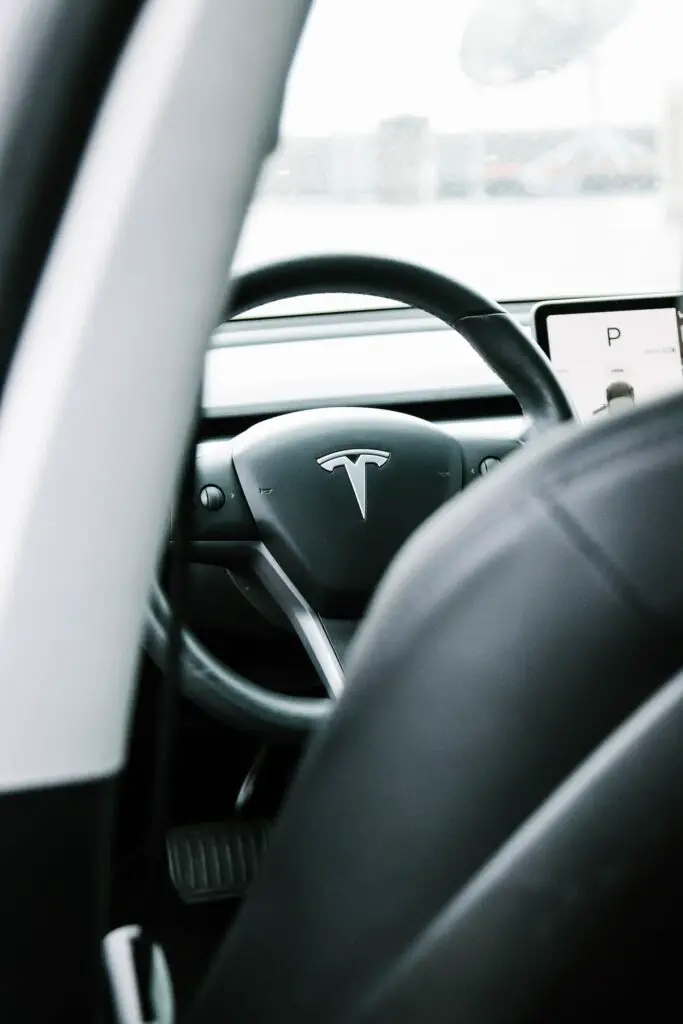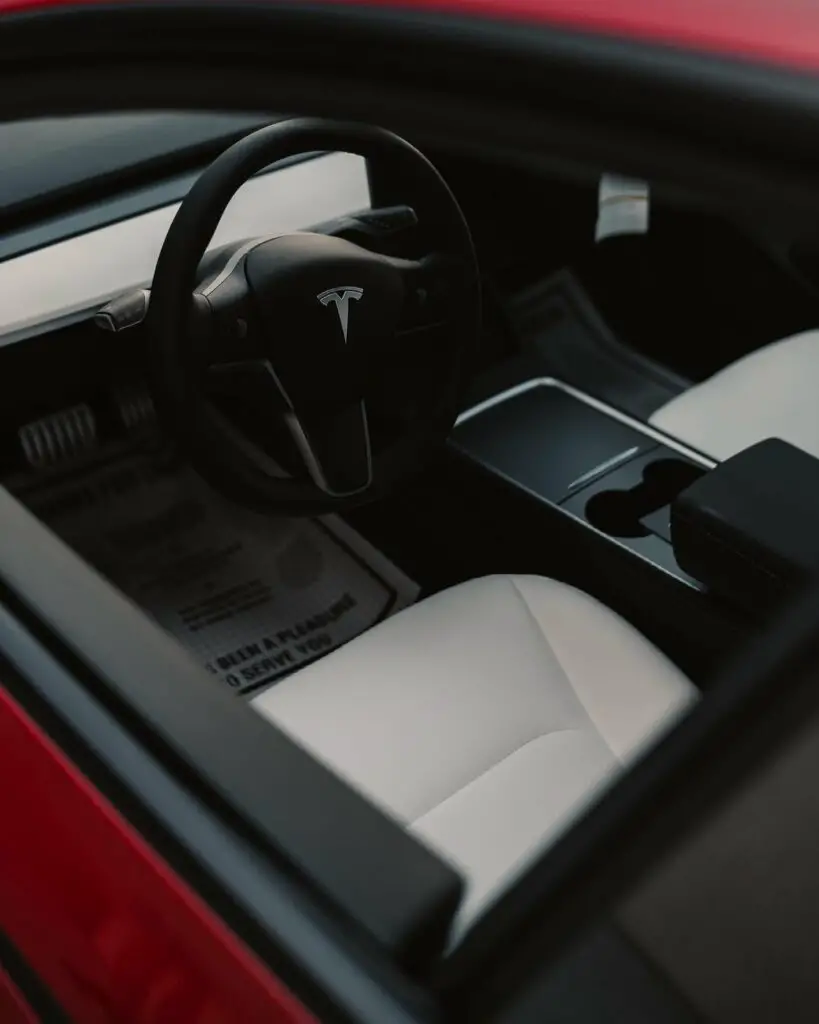Tesla cars are famous for their smart technology and self-driving automation. One of their features includes sensors that alert drivers if they are not wearing seatbelts. Because with Tesla, safety is a foremost priority.
But Tesla’s technology is far from perfect. Faults, errors and system failures are very common. Some of them can be solved by easy troubleshooting steps. And some have to be solved by a professional.
So when you are faced with a front passenger safety restraint system fault, try to analyze the problem and fix it yourself. If you have tried everything you can and still can’t, then seek the help of a Tesla-approved body shop to fix the issue.

Contents
Front Passenger Safety Restraint System Fault
A front passenger safety restraint system fault can be indicated by an error message on the Tesla control system or central display screen. Since the car is fully automated, it is able to identify any problems with the safety restraint system and notify you.
There could be many reasons why this happens. The wiring under the seat belt could have loosened. There could be some moisture on the seat that has led to the error messages, or there could be various other issues.
Something that really frustrates Tesla drivers is that when the car detects a front passenger safety restraint system fault, it does not allow you to drive on autopilot or cruise mode.
A front passenger safety restraint system fault message is supposed to indicate and alert drivers that they are not wearing the seatbelt or that they are not wearing it properly. But due to some faults in the Tesla, this message could keep recurring on your display and prevent you from front driving autopilot even if your seat belts are securely in place.
If you get this message on your display, the first step is to make sure that you are wearing your seatbelts correctly. This is not something you can ignore because not only are you risking your safety, but you can also be flagged down by the police and fined. Make sure that both the front seat passengers are wearing their seatbelts correctly.
Front Passenger Safety Restraint System Fault: Troubleshooting tips and fixes

The recurring error message can be fixed with some easy troubleshooting steps. Try these steps before you take your car to a professional.
Reboot your car and the central display.
- To reboot the central display, hold both the steering wheel scroll buttons for about 10 seconds.
- The screen will go blank and then start again, showing the Tesla emblem.
- To reboot the Central Processor, push the brake pedal while you hold both the steering wheel scroll buttons.
- The screen will go blank and then restart after a few seconds.
If none of this works, then try a hard vehicle reboot.
- Park your Tesla somewhere.
- Open the front hood and remove the cover over the battery.
- Unhook the cable from the visible terminal of the battery using a 10-mm wrench or pliers.
- Wait for a few seconds and reattach. This might do the trick.
Try moving your car seat backward and forward. If the faulty message is due to a loose wire, this could do the trick.
Check for any software updates.
The problem could be due to some software glitches and malfunctions. If you have not updated your Tesla with the latest version, then make sure you update it.
If the problem is a software glitch or due to bugs, you might have to take your car to a service provider to have it fixed.
Sensor malfunction or electrical issues
Sometimes the problem could be due to a sensor malfunction under the seat. Teslas are made up of an intricate web of sensors, and most often, a small glitch can cause a serious malfunction.
Any problem with the electrical system, wiring or fuse can cause the issue too. It can also be a malfunction with the airbag control module. All these above issues cannot be fixed by yourself and have to be done by professionals at a Tesla-approved body shop.
How to prevent Front Passenger Safety Restraint System Fault?
Once these fault messages start recurring on your display, things can get very irritating for you. You will not be able to drive on autopilot or cruise mode until you have fixed the issue.
So prevention is key. Make sure that you are up-to-date with the latest software to prevent software malfunction.
Avoid parking your car in extreme temperatures, as this can disrupt the sensors. Be careful now to spill any moisture on the seats as this can also cause problems.
Always follow the manufacturer’s guidelines for safety. Don’t ever compromise on your safety regulations. Please refer to this for a complete guide on how to wear your seat belts the correct way.

Front Passenger Safety Restraint System Fault: Conclusion
A front passenger safety restraint system fault can be due to many issues like a software glitch, bugs, loose wiring, electrical malfunctions or fault in the sensors. Some troubleshooting tips like getting software updates and rebooting your car and central control system might help. But if the problem persists, you will have to seek the help of professionals at a Tesla-approved body shop.
If this safety system fault keeps repeating, then have it checked by your service station immediately. Safety issues are not something you must take lightly. Have malfunction diagnosed and fixed fast.
Also read: Are Teslas easily totaled?
*All pics are courtesy of Unsplash.com.





